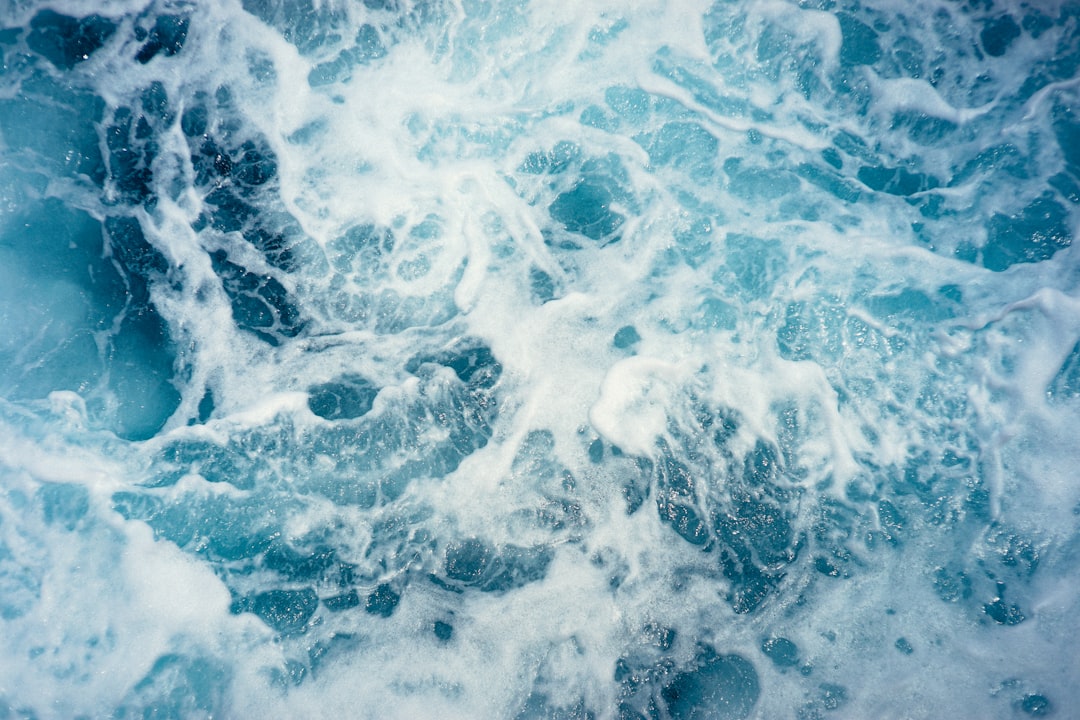When we think of the mysteries that lie beneath the ocean’s surface, one question that often comes to mind is, “What is the deepest part of the ocean?” The answer to this intriguing question lies in the Mariana Trench, a place of immense depth and complexity that continues to fascinate scientists and explorers alike. In this article, we will delve into the depths of the Mariana Trench, uncovering its secrets and shedding light on the awe-inspiring world that exists below the surface.
The Mariana Trench A World of Wonder
The Mariana Trench is located in the western Pacific Ocean and is known as the deepest part of the world’s oceans. It reaches a maximum known depth of around 36,070 feet at a point known as the Challenger Deep. To put this into perspective, if Mount Everest were placed at the bottom of the Mariana Trench, there would still be over a mile of water above its peak.
The immense pressure at such depths makes it a challenging environment for exploration. Only a few manned expeditions have been able to reach the bottom of the trench, providing us with valuable insights into the unique ecosystem that thrives in this extreme environment. Despite the harsh conditions, life has found a way to survive in the depths of the Mariana Trench, showcasing the resilience and adaptability of marine organisms.
Exploring the Depths Scientific Discoveries
Scientists have uncovered fascinating discoveries during expeditions to the Mariana Trench, including the existence of new species that have adapted to the extreme conditions. One such example is the Mariana snailfish, a species found at depths exceeding 26,000 feet, making it one of the deepest living fish known to science. These remarkable creatures have evolved specialized adaptations to survive in the darkness and pressure of the deep ocean.
Furthermore, researchers have also observed unique geological features in the Mariana Trench, such as hydrothermal vents and deep-sea trenches that provide valuable insights into the Earth’s processes. By studying these features, scientists can gain a better understanding of tectonic activity, ocean circulation patterns, and the interconnectedness of marine ecosystems on a global scale.
Challenges and Future Exploration
Despite the advancements in technology, exploring the depths of the Mariana Trench remains a formidable challenge. The extreme pressures and depths make it a high-risk environment for both humans and equipment, requiring innovative solutions to overcome these obstacles. However, with continued scientific research and technological advancements, we are gradually uncovering the mysteries of the deep ocean and expanding our knowledge of this vast and unexplored frontier.
In conclusion, the Mariana Trench stands as a testament to the remarkable diversity and resilience of life in the ocean depths. By exploring this unique and enigmatic environment, we gain valuable insights into the complexities of marine ecosystems and the interconnectedness of our planet. With each expedition, we inch closer to unlocking the secrets of the deep ocean and unraveling the mysteries that lie beneath the surface of the world’s oceans.

